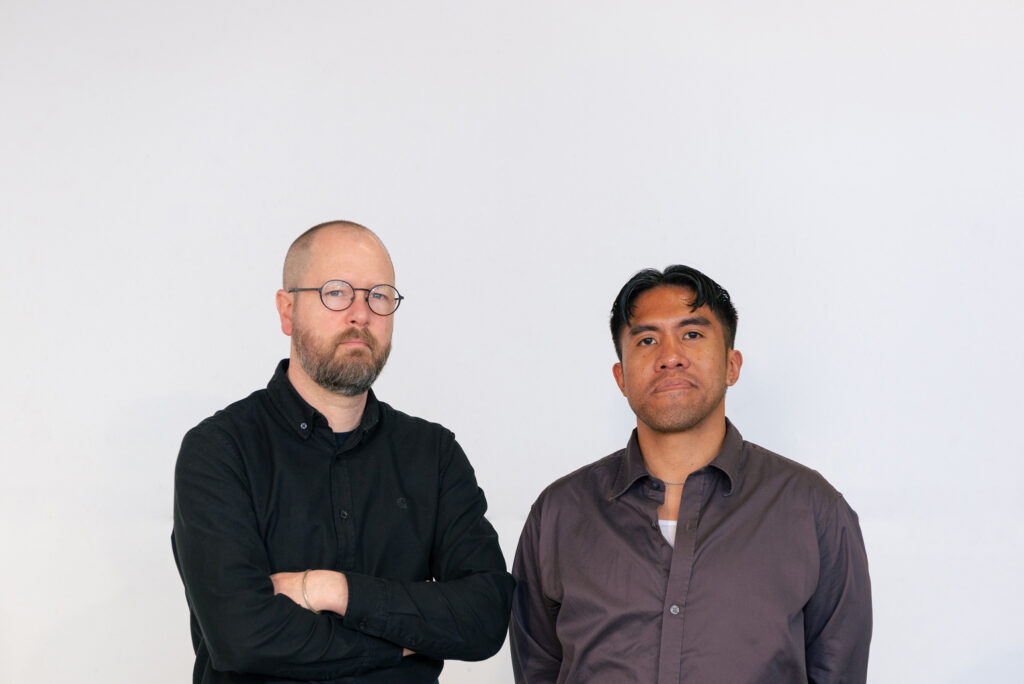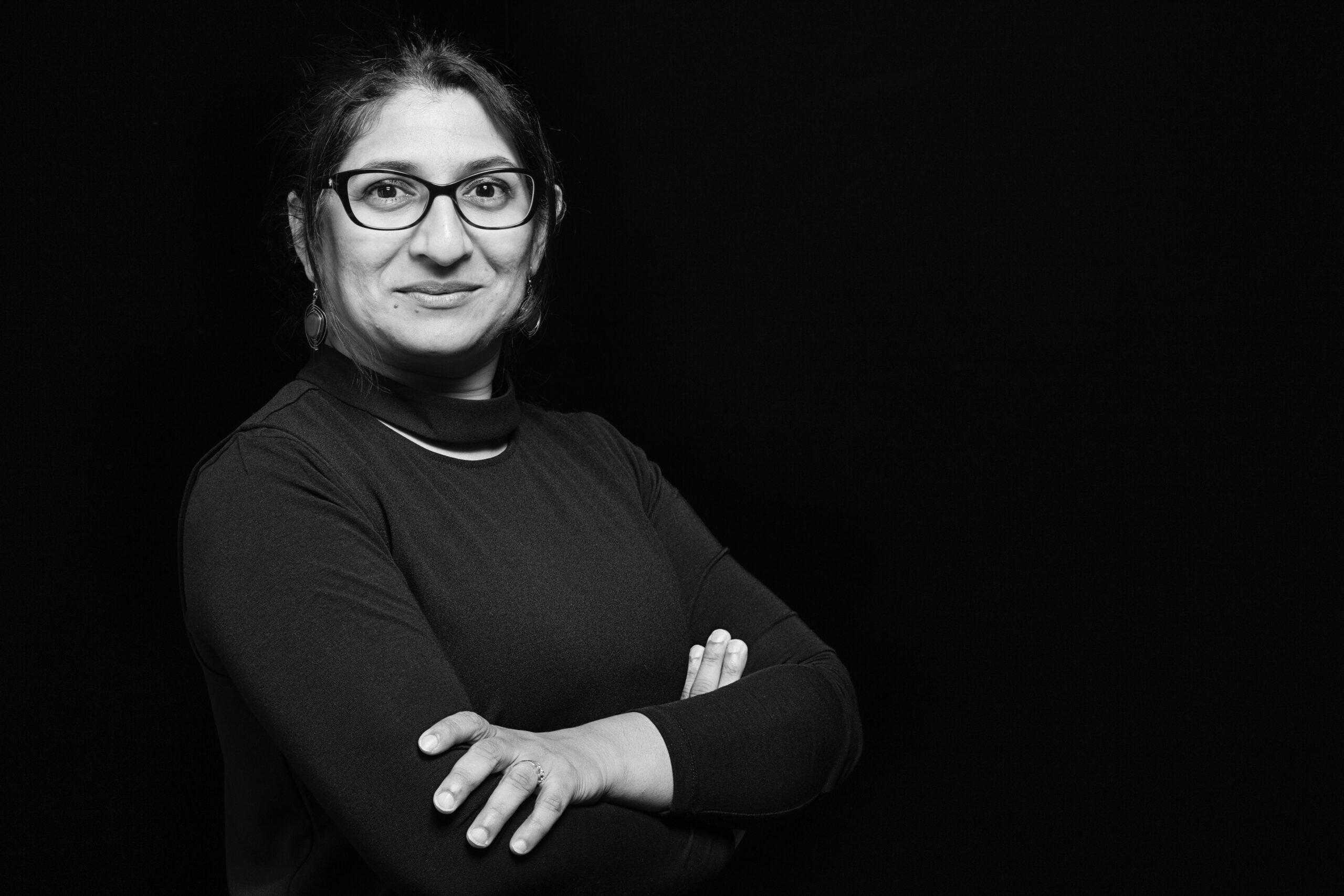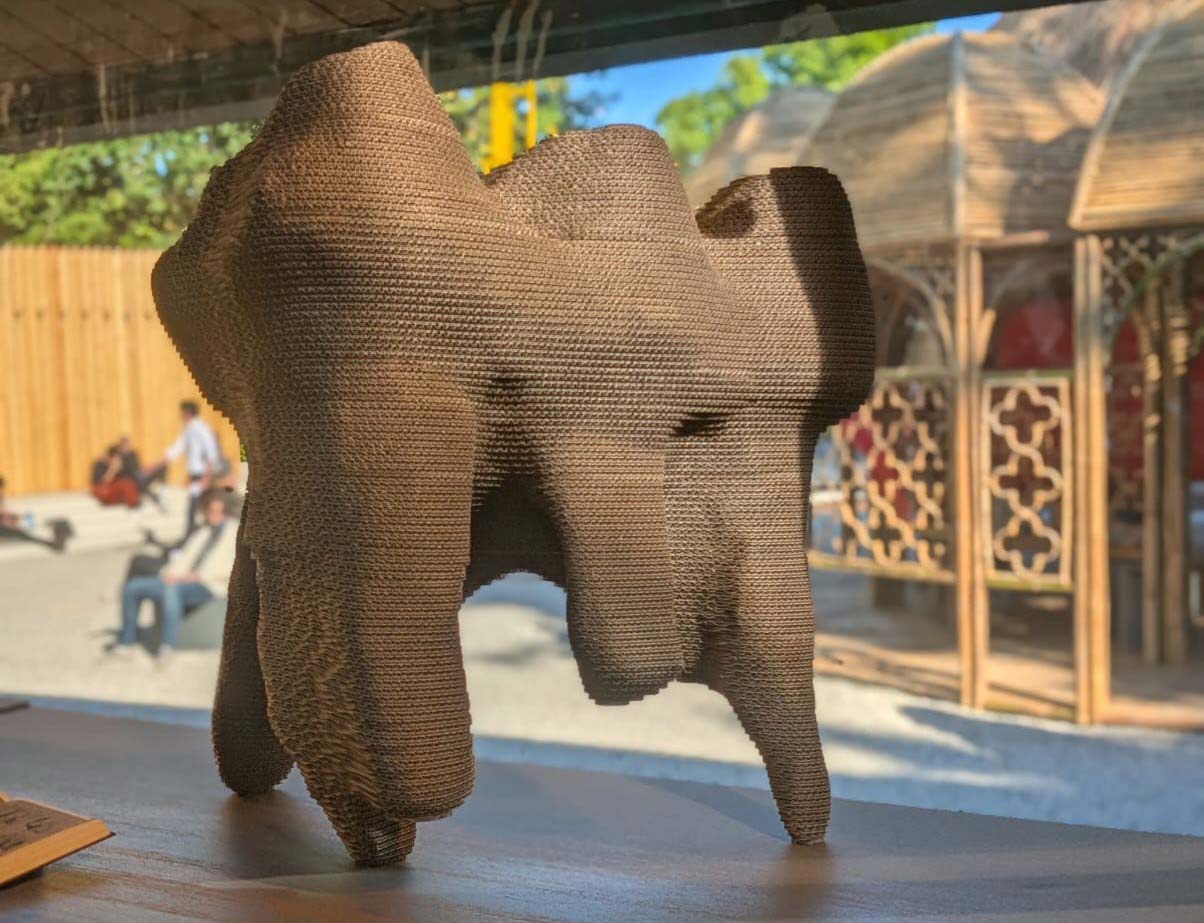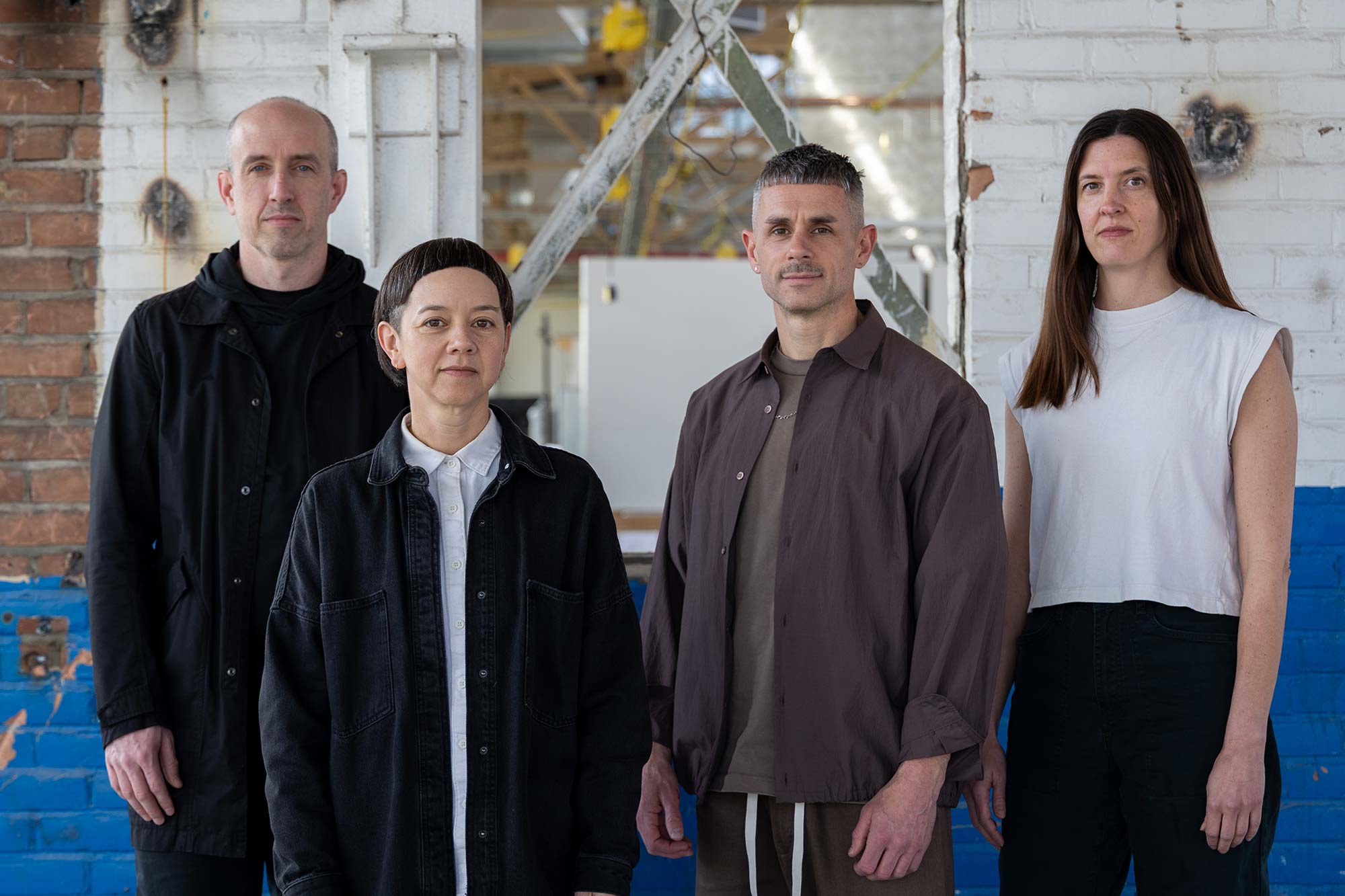
University of Michigan team wins 2011 ULI/Gerald D. Hines Student Urban Design Competition
A University of Michigan team was announced as the winner of the 2011 ULI/Gerald D. Hines Student Urban Design Competition March 31, 2011 in Seattle, Wash. A $50,000 prize is awarded to the winning team.
The team finalists were announced on Feb. 23, 2011, and of the four finalists, two were University of Michigan teams. This is the first time the University of Michigan had two teams named as finalists at the same time since the competition originated nine years ago. The other two finalist teams competing against University of Michigan are from the University of Maryland and University of Oklahoma. MIT, Harvard University, University of California at Berkeley; University of Pennsylvania and University of Oregon received honorable mentions. This year, 153 teams representing 60 universities in the U.S. and Canada submitted applications. Nine teams entered from the University of Michigan.
About the winning team:
H.O.U.S.E.S.: “H.O.U.S.E.S.” reorients the site to Rainier Avenue with a strong block pattern, effectively calming traffic throughout the district. The theme of creating a healthy integrated community was consistent throughout, showing a thoughtful and well-communicated conceptual framework.
Team:
- Sara Hadavi, Ph.D. in Landscape Architecture & Environmental Design
- Aditya Inamdar, Master of Urban Design
- Alex DeCamp, Master of Urban Planning & Real Estate Development Certificate
- Amir Hajrasouliha, Master of Urban Design
- Michel Banna, Master of Urban Design
- Douglas Kelbaugh, Faculty Advisor
View submission here and about the proposal:
The Mount Baker station, at the intersection of Rainier Avenue and Martin Luther King Jr. Way, is surrounded by property that is currently being used for large parking lots, two heavily-traveled thoroughfares, and single-family detached residential properties. The competition challenge: devising a scheme that would transform and brand the neighborhood with an identity, and serve as a benchmark for future development in the Greater Seattle region.
The winning proposal, “Health Oriented Urbanism in South-East Seattle, (H.O.U.S.E.S.),” reorients the site to Rainier Avenue with a strong block pattern, effectively calming traffic throughout the district. The theme of creating a healthy integrated community was consistent throughout, showing a thoughtful and well-communicated conceptual framework. The plan embodies four major aspects of sustainability: community health, economic health, environmental health, and individual health:
- Community health is promoted through social integration of diverse communities through the community center, community gardens, local small businesses, and farmers / crafts market.
- Economic health is accomplished through integrating different transportation systems and land uses, promoting diverse housing types, and reconfiguring existing big box retails.
- Environmental health is achieved by introducing green infrastructure and adding sustainable systems at the district and the building level to close environmental loops of energy, food and waste on site.
- Individual health is enhanced by walkability, easy bicycle access and by greening the environment. Extensive traffic calming improves pedestrian safety.
“This design is largely a reflection of rethinking contemporary urbanism to create more sustainable neighborhoods and livable, resilient cities,” said team member Sara Hadavi, PhD in landscape architecture. Other team members: Aditya Inamdar, master of urban design; Alex DeCamp, master of urban planning; Amir Hajrasouliha, master of urban design; and Michel Banna, master of urban design. Douglas Kelbaugh served as the faculty advisor to the team.
“The winning team conceived a plan with clear architectural character that showed an obvious hierarchy of spaces,” said Jury Chairman James A. Ratner, chairman and chief executive officer of the Forest City Commercial Group in Cleveland. “The plan addressed the transit issues and created a solution that gave pedestrians and bicycles an advantage. Their phasing strategy and its costs were artfully reflected in their financials.”
For more about the team: udcompetition.org/the-results/winner/
About the other University of Michigan finalist team, who was awarded a prize of $10,000:
Rainier Valley Exchange: “Rainier Valley Exchange” is a locus for transit, cultures, and businesses distributed appropriately on a new street grid that completes the existing pattern. This overlay promotes permeability and integration with the neighborhood and maximizes the development’s town-center functions.
Team:
- Christopher Canna, Master of Urban Planning
- John Drain, Master of Urban Planning & Real Estate Development Certificate
- Koben Calhoun, Master of Urban Planning & Master of Public Policy
- Dustin Sommer, Master of Architecture & Real Estate Development Certificate
- Matt Nickel, Master of Architecture
- David Bieri, Faculty Advisor
View submission here.
“Taubman College invested substantial resources in its physical planning, urban design, and real estate development instruction and research, and worked diligently to promote collaborative, interdisciplinary work within the college and across other schools at UM,” said Richard K. Norton, Urban and Regional Planning Chair at Taubman College. “The Urban and Regional Planning Program made concerted efforts to grapple with the issues of sustainability and social equity throughout its curriculum. The recognition of two UM teams as finalists in this year’s Hines Competition highlights the progress made in the program.”
The teams received information about the site on Jan. 18, 2011, and made their submissions by Jan. 31. Site visits will occur by finalist team representatives on March 11, 2011. The teams made final presentations to a jury on March 31, 2011.
“Each team has shown strength in interdisciplinary approaches that bring together urban planning, real estate development, urban design, architecture, and landscape architecture to propose imaginative solutions to the site’s challenges – just as the Hines Competition intends,” said Margaret Dewar, Urban and Regional Planning Professor and Real Estate Certificate Program Director.
In addition to Jury Chair James A. Ratner, other jury members include: Martha Barkman, senior project manager, Harbor Properties, Seattle, Wash.; Dana Behar, president and CEO, HAL Real Estate Investments; Seattle, Wash.; Mimi Burns, principal, Dekker/Perich/Sabatini, Albuquerque, N.M.; Tom Cody, founder and managing partner, Project, Portland, Ore.; Brian Cullen, founder and chair, Keane Enterprises, Inc., Washington, D.C.; Boris Dramov, principal, ROMA, San Francisco, Calif.; Bonnie Fisher, principal, ROMA, San Francisco, Calif.; Richard Heapes, co-founder and partner, Street-Works, White Plains, N.Y.; Jim Heid, founder, UrbanGreen, San Francisco, Calif.; Jeffrey D. Kune, managing director, BeaconRock Group, LLC, West Palm Beach, Fla.; Michael Lander, founder and president, Lander Group, Minneapolis, Minn.; and Peter S. Stone, senior vice president, ING Clarion Partners, Seattle, Wash.
Visit the competition’s website for more information.
 |
 |
 |
 |
 |









